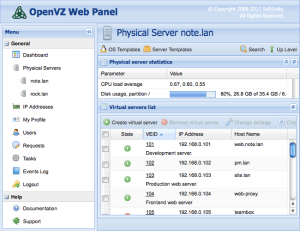Introduction
Automating server monitoring with scripts is a necessary practice to ensure the reliability and stability of your IT infrastructure. With special scripts, you can automatically track server performance, identify problems, and prevent them from occurring. In this article, we will look at the basic principles of creating scripts for automating server monitoring.
Monitoring Programs
There are many programs for monitoring servers, but one of the most popular is Nagios. Nagios allows you to track the operation of various services and notify administrators of potential problems. In addition, Nagios supports the creation of custom monitoring scripts, making it a versatile tool for automation.
Creating Monitoring Scripts in Bash
For creating server monitoring scripts, it is most convenient to use the Bash language. Bash is the standard shell language for UNIX-like systems and has powerful automation capabilities. Bash programs can be used as standalone scripts or integrated into monitoring systems such as Nagios.
Example Bash Server Monitoring Script
Let’s look at a simple example of a Bash script that monitors server availability. In this case, the script will check the server’s availability by its IP address:
#!/bin/bash
SERVER_IP="xxx.xxx.xxx.xxx"
ping -c 1 $SERVER_IP > /dev/null
if [ $? -eq 0 ]; then
echo "Server is up"
else
echo "Server is down"
fi
Integrating Scripts with Monitoring Systems
To integrate the created scripts with monitoring systems such as Nagios, you need to create the appropriate configuration files. For example, for Nagios, you can create a configuration file describing our scripts and their parameters:
define service {
use generic-service
host_name your_server
service_description Check_Server
check_command check_nrpe!check_server_status.sh
}
Conclusion
Automating server monitoring with scripts is a necessary practice to ensure high availability and reliability of IT infrastructure. Creating scripts in Bash and integrating them with monitoring systems allows you to optimize monitoring processes and respond quickly to problems. Use the power of automation to ensure the stability of your servers.





